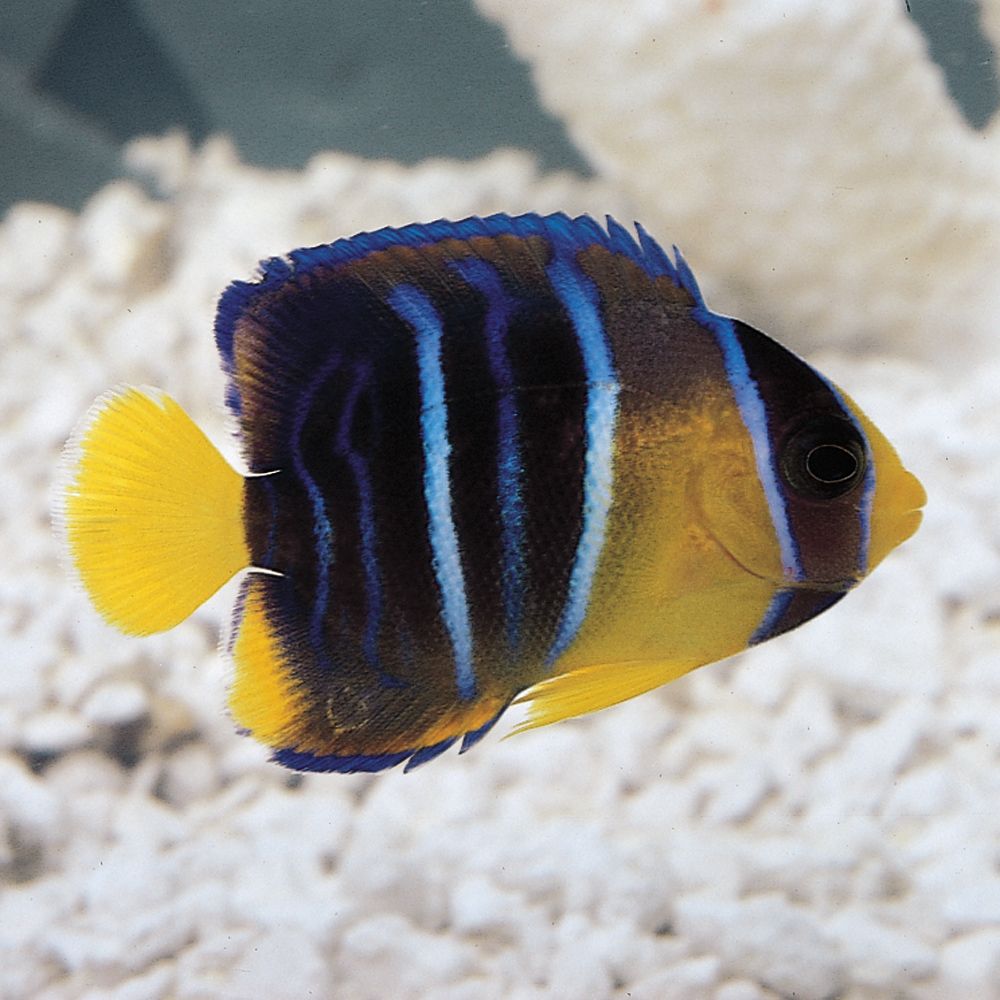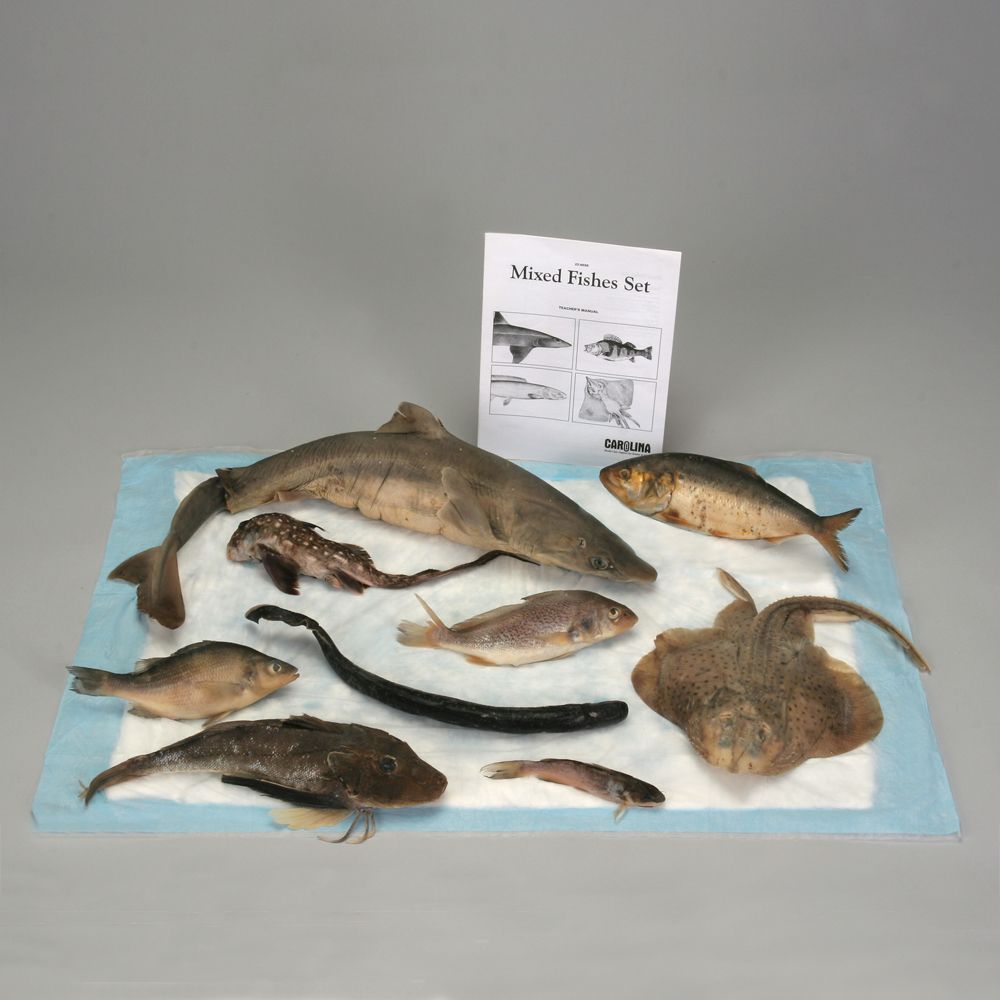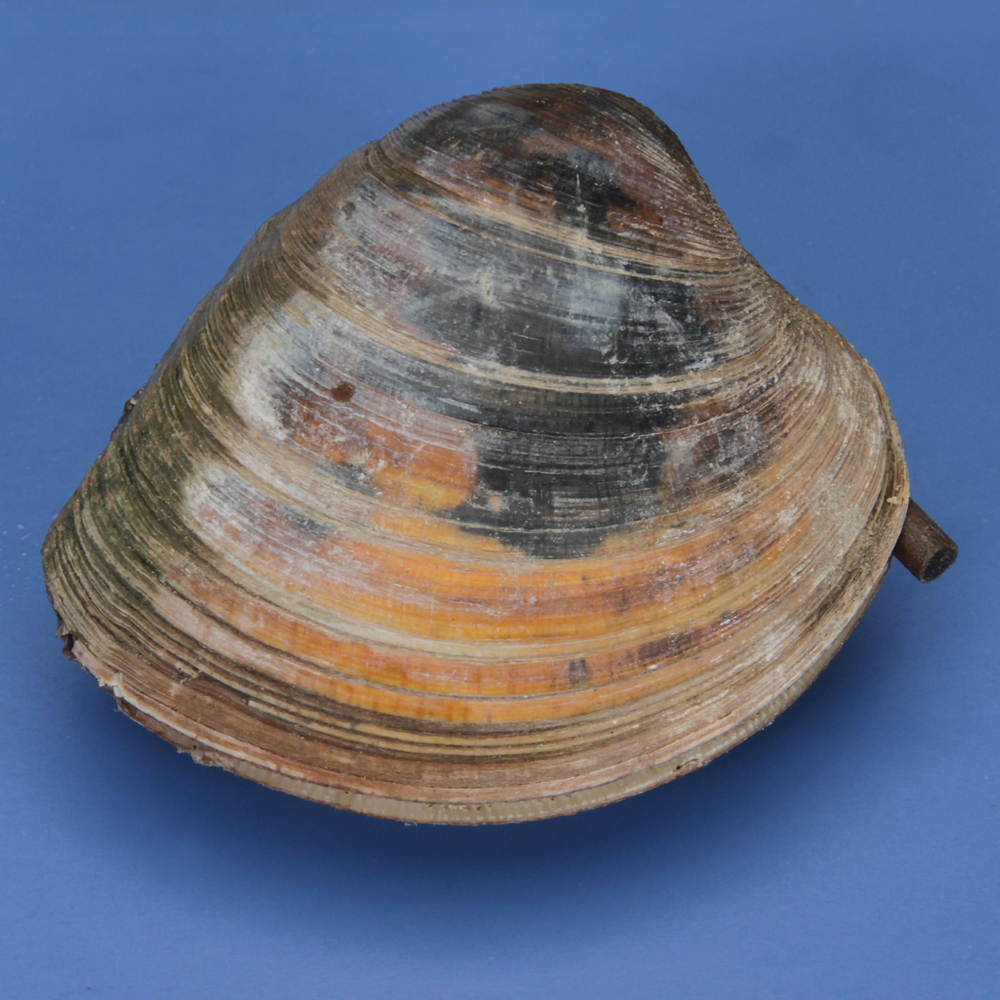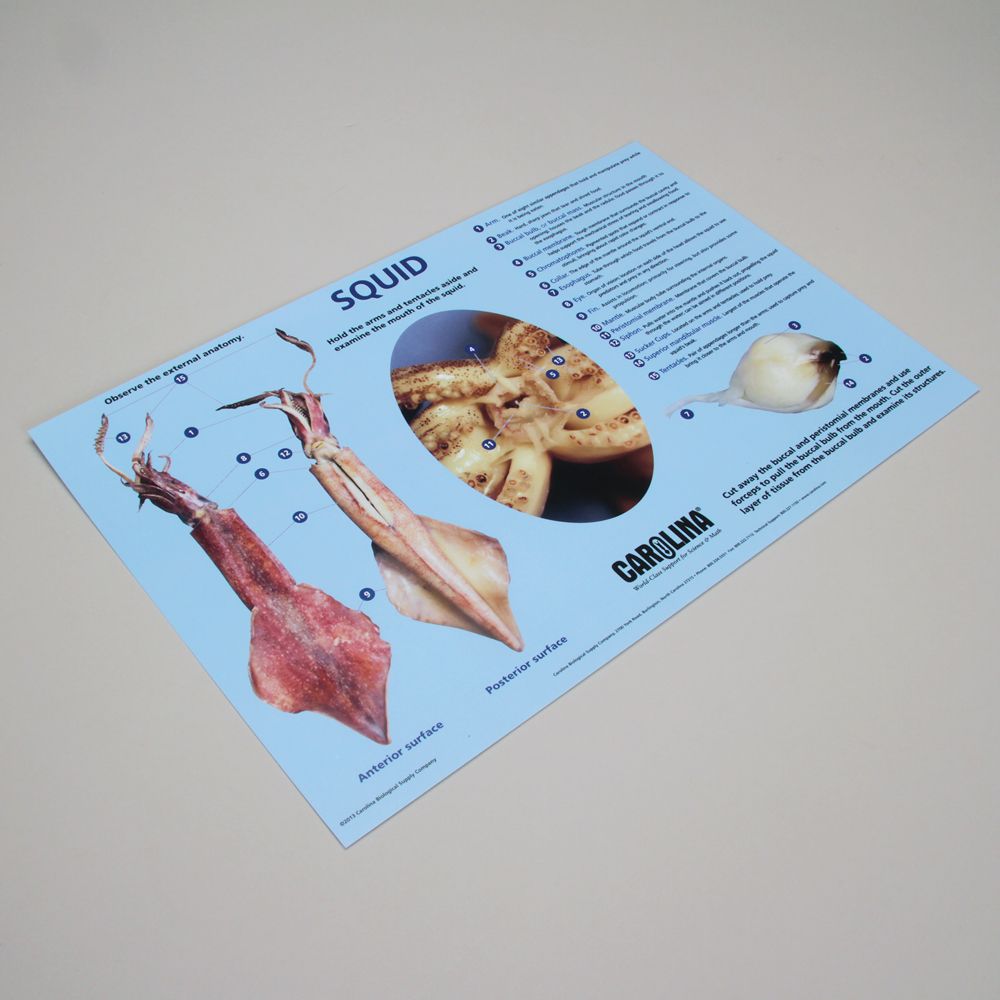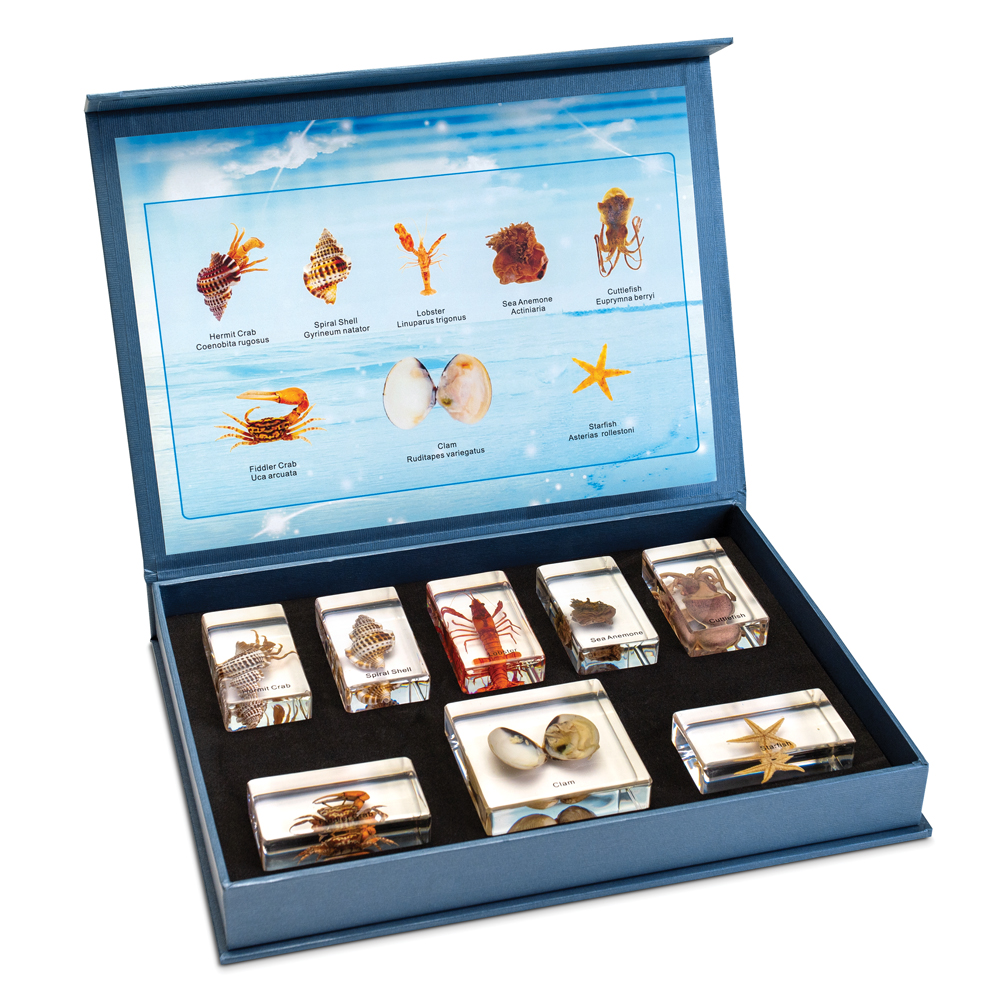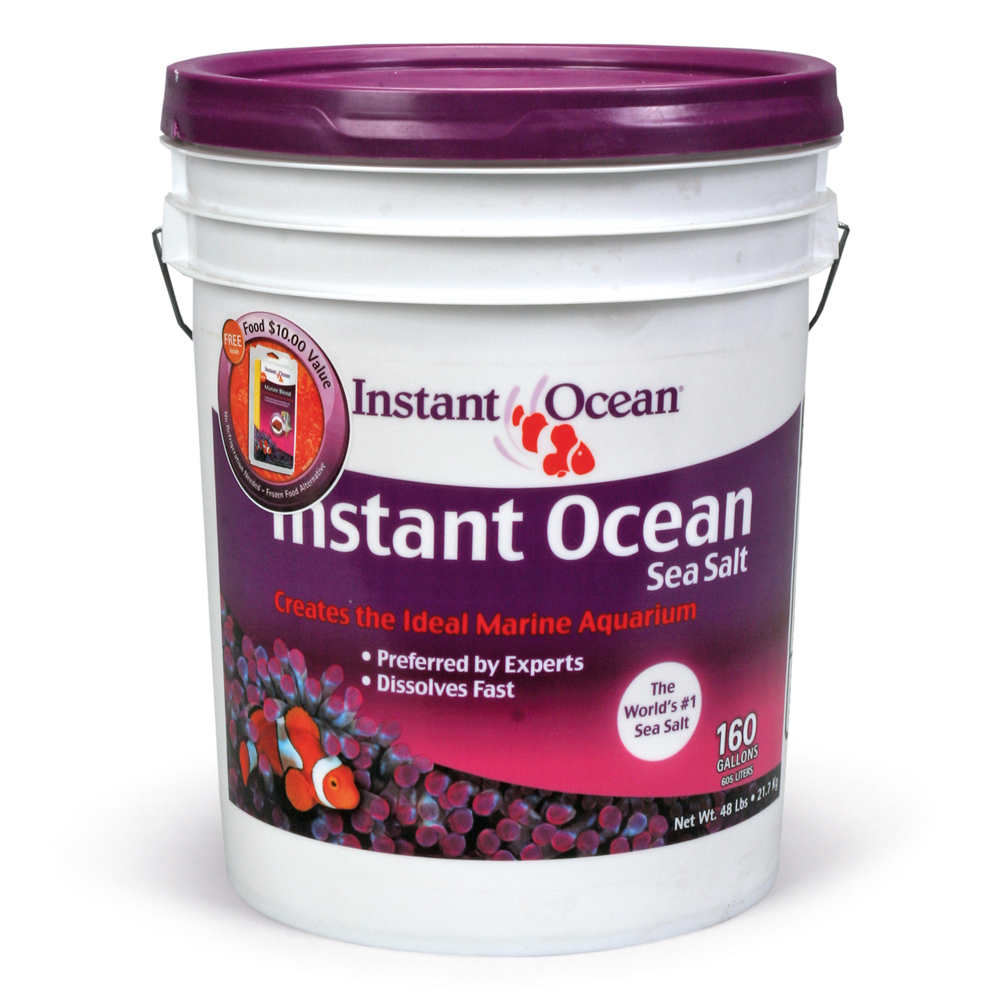Marine science is one of the most popular science electives in high school and college. Its interdisciplinary structure requires students to integrate biology, chemistry, earth science, and physics, making it a perfect addition to any science course sequence. This guide breaks down the important information students need to know, provides links to products and free digital resources, and includes suggestions for hands-on labs that reinforce student learning. We have gathered a variety of products and resources to better help you teach this concept. They include:
- Models and manipulatives to simplify teaching marine science
- Oceanography and marine biology activities, experiments, and kits
- Free resources for you and your students
The major areas covered in this topic:
Oceanography
Modeling the Hydrosphere Kit #251401
Beginning
Easy to Perform Requires little to no prior knowledge
Students discover the basic principles of the hydrosphere. By generating a working model, they investigate the ocean currents and determine what creates and influences both surface and subsurface currents. They then expand their investigation to craft a working water cycle and experiment with how different environmental conditions may affect their model.
Coevolution of Earth's Systems Kit #331134
Beginning
Easy to Perform Requires little to no prior knowledge
Collect evidence on how feedback between the biosphere and other earth systems causes a continuous co-evolution of earth’s surface in your classroom. In this series of 5 investigations, students construct an explanation describing why banded iron formations developed. They digitally investigate precipitation reactions, use a hands-on investigation to understand the conditions necessary for rusting, collect data to determine how aquatic photosynthetic organisms impact dissolved oxygen concentrations, digitally investigate saturated solutions, and analyze patterns in the concentration of oxygen in the atmosphere over time.
Ocean Acidification #181069
Beginning
Easy to Perform Requires little to no prior knowledge
Students investigate ocean acidification with 4 different activities. They discover the effects of atmospheric gases and plant respiration on the pH of aquatic environments in 2 separate activities. They also explore the effects of acidic conditions on marine animals, and then examine the impact of temperature on carbon dioxide solubility.
Marine Organisms
The oceans house a vast variety of organisms, from phytoplankton and zooplankton to sharks and whales. Observing some of these organisms in a class aquarium can spur student interest and provide a wealth of experiment data. The sets shown below can get you started.
Marine Dissection Specimens
A complete series of marine dissections provides a study in structure and function and taxonomy. Students can begin dissections with marine invertebrates and proceed to bony and cartilaginous fish.
Starfish Dissection BioKit® with Dissection Mats #221440M
Beginning
Easy to Perform Requires little to no prior knowledge
Starfish Dissection BioKit® with Dissection Mats introduces students to the anatomy of an echinoderm. The Carolina® BioKit® is a single-concept classroom unit that gives students a hands-on approach to biology. Each kit contains materials for at least 30 students plus teacher’s manual with reproducible student guide and labeled diagrams, information regarding the specimen’s anatomy and physiology, standards met by the dissection, glossary, and resource list or digital resources to reinforce the activity.
Preserved Mixed Fish Set #226555
Intermediate
Easy to Perform Requires some background knowledge
Contains 9 specimens representing 3 major fish groups: the jawless fish, cartilaginous fish, and bony fish. Students study the external and internal anatomy of specimens from each of the 3 major fish groups to gain a better understanding of fish taxonomy. Students compare and contrast unique internal characteristics and anatomical structures such as skeletal composition, scales, and fins, as well as respiratory and feeding structures.
Shark Dissection BioKit® with Dissection Mats #221448M
Intermediate
Easy to Perform Requires some background knowledge
Students working in pairs study the external anatomy of the dogfish shark, a cartilaginous fish, and explore its internal organs and organ systems through guided dissection.
Other Marine Science Products
We offer a number of products that will help facilitate your marine science lessons.
Additional Marine Science Support
We have free resources to help you teach this concept, including:
- Free Activities and Resources
- Helpful Buying Guides
Free 3-D/NGSS Activities for Marine Science
Carolina Essentials™ are free, hands-on, NGSS-based activities. These activities are designed to make implementing 3-D learning easy. Students make sense of phenomena while learning concepts essential for understanding ecosystem processes. You can browse all of these Carolina Essentials or try one of these:
Additional Marine Science Resources
Use these free resources to supplement your instruction about marine science.
- Receive guidance for your squid dissection.
- Model the Coriolis Effect with this activity.
- Demonstrate cloud formation.
- Investigate ocean currents.
- Make a scientific claim about ocean acidification.
Marine Science Skill Videos
Looking for videos to enhance your marine science instruction? Try one of these.
Buying Guides
Choosing the appropriate equipment for your labs can be a challenging task. Our buying guides are designed to make your decisions easy. Review Carolina recommended microscopes or this handy guide.
For More Guidance
These are our top picks. If you don’t see what you’re looking for, we’ll be happy to help you find the right activities and kits to simplify your planning and implementation. If you have questions, please contact us at product@carolina.com.
About The Author
Carolina Staff
Carolina is teamed with teachers and continually provides valuable resources–articles, activities, and how-to videos–to help teachers in their classroom.










